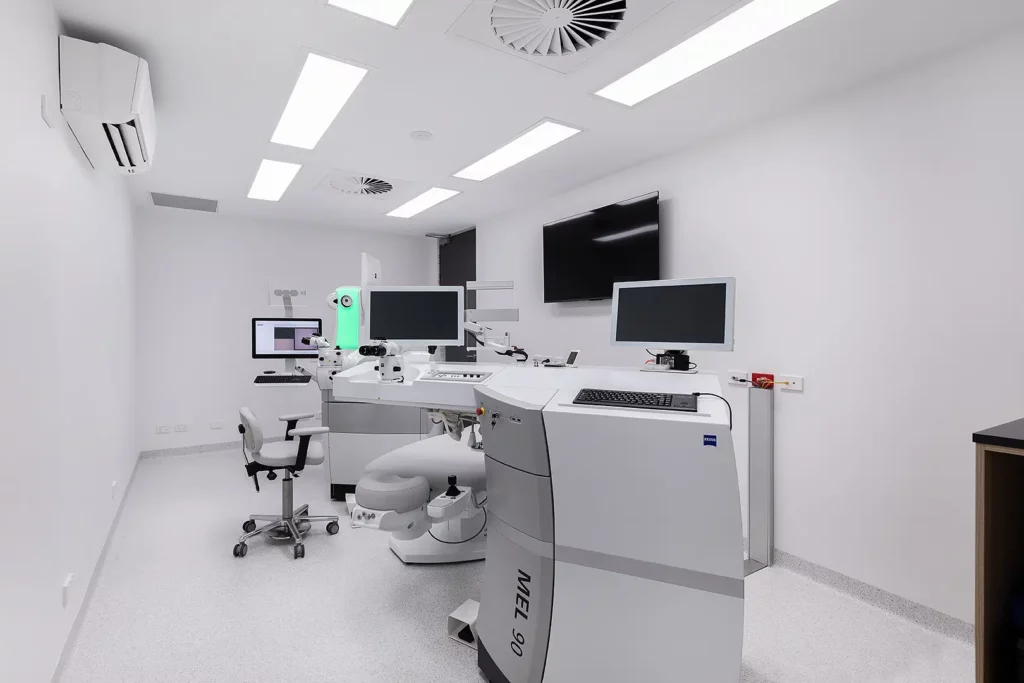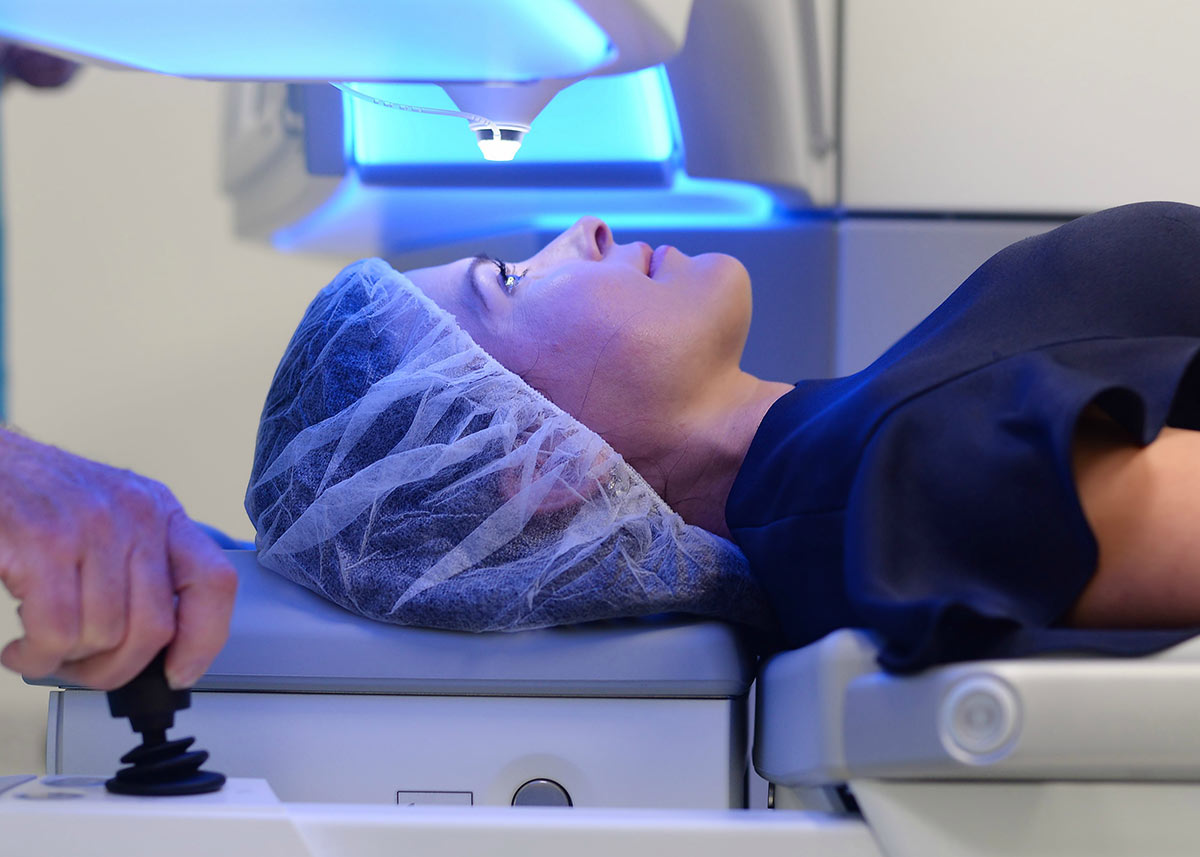Introduction: Why Patient Experiences Matter in Laser Eye Surgery
Laser eye surgery is more than a quick fix for poor vision — it’s a life-changing journey. Many patients describe it as regaining freedom: no more glasses fogging up, no more fiddling with contact lenses, and waking up to clear vision. But while the procedure itself is revolutionary, what happens afterward truly defines long-term success.
Hearing from patients who’ve experienced laser eye surgery firsthand helps new candidates understand what recovery, adjustment, and maintenance really look like. From real experiences to practical advice, let’s explore how to maintain perfect vision for years after surgery.
Section 1: A Quick Overview of Laser Eye Surgery — LASIK, PRK, and SMILE
Laser eye surgery is a vision correction procedure designed to reshape the cornea — the transparent front layer of the eye — so light focuses properly on the retina. The result? Sharper, clearer vision without needing glasses or contact lenses.
Here’s a quick breakdown of the most common types:
- LASIK (Laser-Assisted In Situ Keratomileusis) – The most popular option. A small flap is created in the cornea, and a laser reshapes the underlying tissue. Recovery is quick, often with clear vision in 24–48 hours.
- PRK (Photorefractive Keratectomy) – Ideal for those with thinner corneas. The outer layer of the cornea is removed before reshaping. Recovery is slower than LASIK, but results are equally impressive.
- SMILE (Small Incision Lenticule Extraction) – A newer, flap-free technique that uses a small incision to remove a tiny piece of corneal tissue (lenticule). It’s minimally invasive, with quick healing and reduced dry-eye symptoms.
Eligibility: Most healthy adults aged 18 and older with stable vision prescriptions qualify. However, conditions like severe dry eyes, autoimmune disorders, or pregnancy may delay or disqualify candidacy.
Section 2: Real Patient Stories — Experiences That Inspire Confidence
1. Sarah, 29 – LASIK
Sarah had worn glasses since age 10. After LASIK, she recalls waking up the next morning in disbelief — she could read her alarm clock without squinting. Minor dryness lasted a few weeks, but consistent use of eye drops helped. “It’s the best investment I’ve ever made,” she said.
2. Michael, 42 – PRK
Michael opted for PRK due to thin corneas. Recovery was slower; his vision fluctuated for nearly a month. “Patience is key,” he advises. Today, he enjoys 20/20 vision and plays sports comfortably again.
3. Aisha, 35 – SMILE
Aisha’s SMILE procedure took only 15 minutes. “It was surreal — no flap, no pain,” she shared. She experienced mild blurriness for a few days, but within a week, her vision stabilized. “I was driving confidently again in less than a week.”

4. Tom, 50 – LASIK
As an older patient, Tom was skeptical about results. Post-surgery, he experienced halos at night, which subsided after two months. “I can finally read menus without switching glasses — that’s life-changing.”
5. Emily, 24 – LASIK
Emily’s only regret? Not doing it sooner. “I used to travel with contact lens solutions everywhere. Now, I can hike, swim, and work without worrying.”
Section 3: Common Challenges and How Patients Overcame Them
While laser eye surgery recovery is typically smooth, patients report a few common hurdles:
1. Temporary Dryness
Many experienced dryness, especially in the first few weeks. Artificial tears, hydration, and avoiding screen overuse helped immensely.
2. Sensitivity to Light
Sunglasses became everyone’s best friend. A few patients reported heightened sensitivity outdoors but noted it faded with time.
3. Fluctuating Vision
Especially in PRK patients, vision clarity took time to stabilize. Doctors recommend patience and consistent follow-ups.
4. Anxiety During Recovery
The anticipation of clear vision can make small setbacks stressful. Patients found reassurance in regular communication with their ophthalmologist.
5. Avoiding Rubbing Eyes
Nearly every patient emphasized resisting the urge to rub the eyes, especially during the first month. This simple habit protects the healing cornea and flap integrity.
Section 4: Tips and Advice from Patients for Others Considering Laser Eye Surgery
Drawing from real experiences, here are the top patient-approved tips for a smooth recovery and long-term results:
- Follow Post-Op Instructions Religiously – Use prescribed drops exactly as directed to prevent infection and dryness.
- Rest Your Eyes – Avoid screens for at least 24–48 hours post-surgery.
- Stay Hydrated – Proper hydration promotes faster healing.
- Protect Your Eyes from UV Exposure – Always wear sunglasses outdoors, especially in the first few months.
- Don’t Skip Follow-Ups – Regular check-ups ensure your vision stabilizes properly.
- Use Artificial Tears – Even months later, keeping your eyes moist supports long-term comfort.
- Maintain a Healthy Lifestyle – Balanced nutrition, adequate sleep, and avoiding smoking contribute to sustained eye health.
- Avoid Contact Sports Early On – Give your corneas enough time to heal fully before returning to high-impact activities.
Section 5: The Benefits Patients Experienced After Recovery
The rewards of laser eye surgery extend beyond clear sight — it’s about regaining quality of life. Here are some of the most reported long-term benefits:
- Sharper Vision – Many achieve 20/20 or better.
- Freedom from Glasses and Contacts – Travel, sports, and daily routines become simpler.
- Boosted Confidence – Seeing clearly without aids often leads to greater self-esteem.
- Improved Productivity – No more dealing with fogged lenses or misplaced glasses.
- Financial Savings – Over time, the cost of eyewear and maintenance adds up. Laser eye surgery can pay for itself.
Most patients also report sustained results even after 10–15 years — especially when they protect their eyes and maintain regular eye check-ups.
Conclusion: Your Vision, Your Journey
Laser eye surgery offers more than immediate clarity — it’s a lifelong upgrade to your vision and lifestyle. Every patient’s journey is unique, filled with learning, patience, and ultimately, freedom from glasses. By following aftercare tips and consulting qualified ophthalmologists, you can enjoy the long-term rewards of crystal-clear vision.
If you’re considering laser eye treatment, take time to research, ask questions, and choose a trusted clinic. Your eyes deserve expert care — and your future self will thank you.
FAQS
Most patients reported mild discomfort or dryness for the first 24 hours but were surprised at how quickly they could see clearly. Many described it as “life-changing” once the initial fog cleared within a day or two.
For LASIK, most noticed dramatic improvement within 24–48 hours. PRK patients took longer — often 2–4 weeks — for stable vision. SMILE patients typically enjoyed clear vision within a week.
The most common issues were dry eyes, light sensitivity, and mild irritation. These were easily managed with prescribed eye drops, sunglasses, and rest.
Yes. LASIK offers quick recovery, PRK takes longer but suits thinner corneas, and SMILE provides minimal discomfort with fast healing. Each procedure’s experience depends on the individual’s eye health.


